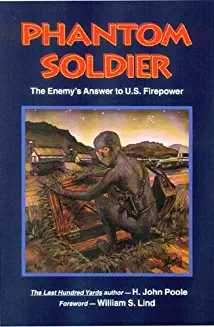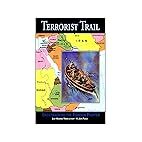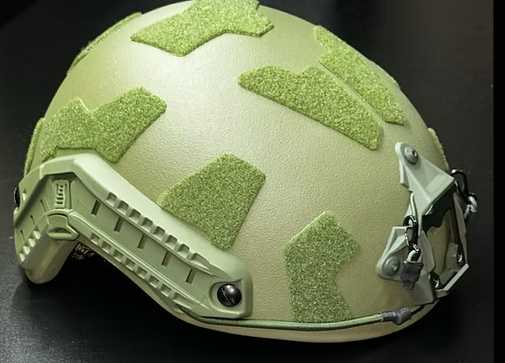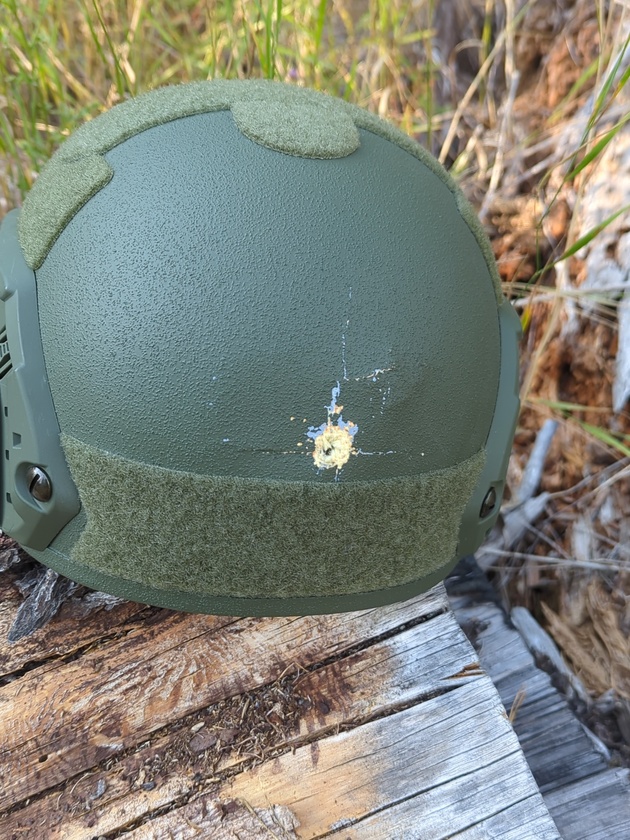
Next up in our reviews of H John Poole tactical manuals is Phantom Soldier, The Enemy's ANswer to US Firepower. While The Tiger's Way focused on small unit tactics, Phantom Soldier focused on how a smaller, less technically able force can survive and thrive against the vast precision firepower that the United States can bring to bear. The key examples revolve around the People's Liberation Army in Korea, and the Vietnamese forces against both the US and the Chinese.
Affiliate Link to buy book: https://amzn.to/3WIfMA1
Three key battles are analyzed for context: The Battle of North Ridge during the Korean War, The Battle for Hue CIty, and Iwo Jima. Each gave concrete examples of how to survive our combined arms onslaughts, how to approach invisibly, and then seemingly disappear.
I can think of at least one scenario in which a small force might need to use the tactics involved in this book...
Part One of the book discusses the history of Eastern warfare and how well they've done against Western armies. China has been writing about military strategy longer than most of the world has been writing at all. At the heart of the Eastern way of war is deception, while the Western way of war is brute force. Truthfully, Western forces determine wins and losses by body counts and by who holds the ground after a battle, but Eastern forces decide who won or lost based upon strategic effect.
A good example from the book is Vietnam. Imagine you are holding the perimeter of your firebase and group of Vietcong attack. While repelling them, your command post blows up and the enemy withdraws. The US would consider that a US win, because they held the ground. However, it was a win for the Eastern force, because they sent in two sappers who blew up the strategic target, the CP. Which one matters? The CP casualties matter more than who holds the base.
Part Two goes into tactical differences, and how the Eastern side pulls off their magic. It discusses why Eastern patrols are generally more effective than Western. Eastern troops have better-trained point men (see TW-04 for this), their superior camouflage skills, their willingness to break contact rather than fight a lopsided battle, and their willingness to crawl in the dirt (yes, really). The book discusses a story about Guadalcanal, where two Marines saw a Japanese point team crawl past their OP. Western forces patrol by walking. Who will see the other first? The Eastern force.
As far as the willingness to break contact, Eastern forces enable their NCOs to decide to withdraw. Western forces will maintain contact and try to "develop" the situation. In contrast, Eastern forces understand that not every fight is worth having. Similar to the Vikings, the Eastern armies know that it is better to withdraw and fight another day than to waste resources fighting over terrain that isn't important.
Poole goes into the difference between the Western "chance contact " drill of a single envelopment and the Eastern drill of DOUBLE envelopment. Want to know more? Buy the book using the affiliate link above.
When on the defense, Western forces tend to create well-defined perimeters with linear trenches and fencing. The Eastern defender prefers to burrow. He will build underground forts and partially open trenches, connected by complete underground bases. These underground facilities are what allow them to survive our high-tech bombardment and seem to disappear. The book goes into deep detail on this.
During the review of the Battle of North Ridge, Poole describes the Eastern method of attack by infiltration and probing for weak areas.
As far as ambushes, we all love to talk about L-Shaped ambushes, despite their less than stellar record in actual combat. However, Eastern forces employ U or V shaped ambushes to trap the victim in a fire sack with fire coming from multiple directions at once. They generally use one or two running scouts to bait the targeted victim into the fire sack.
Eastern forces, unlike their Western counterparts, generally travel in smaller groups and under overhead cover to negate our tech advantage. We tend to send large columns along the road. That's how they seem to arrive out of nowhere.
That's the same tactic the VC and NVA used to infiltrate Hue City during the Tet Offensive. By infiltrating in small numbers, they were able to seize the Citadel without having to fight their way to it. Unlike the Western way of attacking the outskirts and then pushing towards the urban center, The Eastern attacker beings downtown and then pushes towards the edge of town.
Through some specific urban tactics covered in the book that you should learn, the NVA was able to hold the Citadel for 3 weeks. At the end of that, they seemed to vanish. It's likely that they used the sewer to escape.
Part Three discusses how American small units must change to stay ahead.
The book wraps up with an appendix of Eastern Tactical Wisdom. The appendix references Sun Tzu and several other Chinese works on military strategy.
You need to include the Phantom Soldier in your Tactical Wisdom library.















